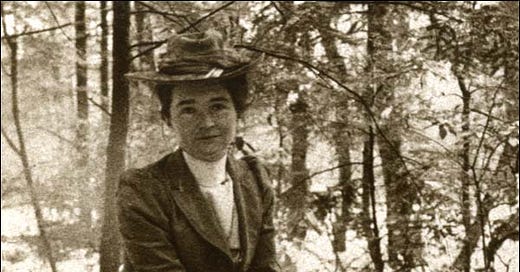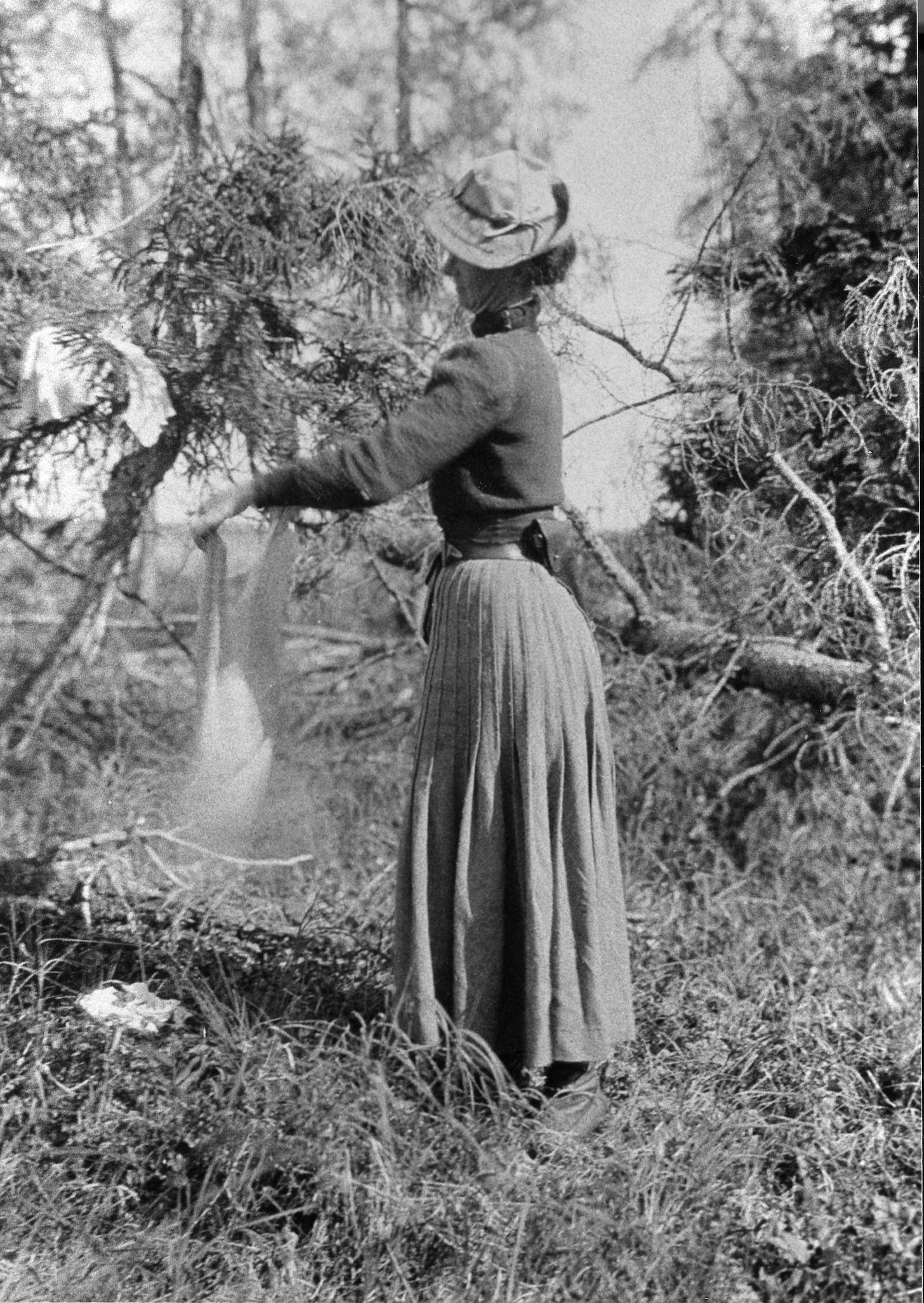The story of Mina Benson Hubbard is one of an epic journey, not listening to her detractors and forging a path of her own.
That story began on April 15, 1870 in Bewdley, Ontario when she was born on an apple farm to her Irish-English parents. The seventh of eight children, she became a nurse, graduating in 1899.
With her degree, she worked at a small hospital in Staten Island, New York. It was there in 1900 that she met journalist Leonidas Hubbard, who was dealing with typhus.
She nursed him back to health, they fell in love and on Jan. 31, 1901, they married.
On July 15, 1903, her husband set out on an expedition through Labrador. Problems abounded during the expedition, and on Sept. 15, with food supplies running low, he and his party decided to turn back.
On Oct. 18, 1903, two men with him, Cree guide George Elson and Dillon Wallace, set out to find a cached store of flour. Hubbard was left behind in a tent. He died soon after they left.
Wallace and Elson both survived.
Wallace went on to publish a book, Lure of the Labrador Wild, which was very successful. Mina felt that Wallace was responsible for her husband’s death and she believed his book tarnished Leonidas’ reputation.
In 1905, Wallace decided to mount another expedition through Labrador, and Mina decided to do the same.
She chose George Elson, the man who was with her husband on his expedition, to accompany her. It was her goal to clear her husband’s name.
She and her party left on June 27, 1905, the same day Wallace’s party left from another location.
The press called it a race & it garnered a lot of attention throughout North America. Throughout the two journeys, neither party communicated with the other in any way.
Her expedition was efficient & well-organized, running for 43 days. The expedition arrived at their destination seven weeks before Wallace’s expedition did. Along the way, she confirmed that Nascaupee, Seal Lake & Lake Michikamau had the same drainage basin. She named Lake Hubbard for her husband. She also made extensive notes about the geology, flora, fauna and topography of the wilderness.
Her notes also described the local Indigenous & last great herds of Labrador caribou.
She published her work in a book, A Woman’s Way Through Unknown Labrador.
Mina then embarked on a lecture tour of England. It was there, in 1908, she met Harold Ellis. The two married and purchased a home in London in 1913. They had three children together, but divorced in 1926.
One year later, she was made a Fellow of the British Royal Geographical Society.
In 1936, she returned to Canada and with George Elson, took a canoe trip down the Moose River in Ontario.
Mina died suddenly in 1956 while in the United Kingdom when she was hit by a train while crossing railway tracks.





